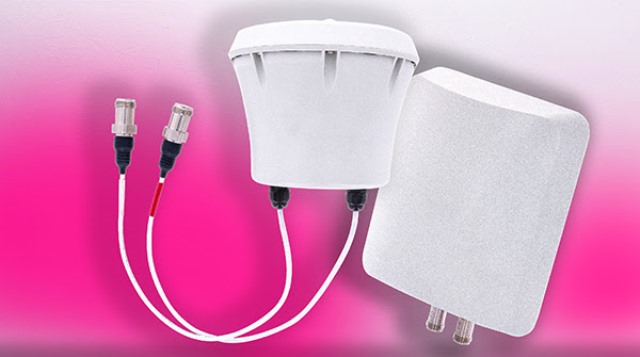Deutsche Telekom said it will be installing 5G small cell antennas made by Huber+Suhner on public telephone boxes, bus and streetcar shelters, walls, or on LED furniture.

The deployment of small cells will ensure better coverage from Deutsche Telekom’s 4G and 5G network in urban areas. The 5G network can provide the necessary coverage and capacity to support more and more wireless devices. The Sencity Urban antennas are compact and can be easily installed in existing infrastructures.
Huber+Suhner, the specialist for electrical and optical connectivity based in Switzerland, has developed five small cell antennas for Deutsche Telekom that support 4G and 5G frequencies.
The Sencity Urban antennas cover the range of frequencies from 1.7 to 4.2 GHz. Small cells are small amplifiers for the mobile network. The data throughput can thus be systematically expanded in areas where many customers are on the move or surfing.
The new small cell antennas first operate in Deutsche Telekom’s 4G network. They can be upgraded to 5G in just a few simple steps. Sencity Urban antennas will be used for the first time in Kiel, Luneburg, Osnabruck, Munich, Mulheim and other cities.
Small cells are creating a significant increase in data capacity in their coverage area. This is currently up to an additional 150 MBit/s. The new types of Huber+Suhner antenna make it possible to increase quality further with MIMO (Multiple Input Multiple Output) technology. Deutsche Telekom will be using MIMO technology to provide higher data throughput – both at the transmitters and in the receiver.
“Small cell antennas are an important component of our expansion strategy. We can cover squares and streets with the new antennas. This helps us create more capacity in the downtown areas and further optimize our network,” said Walter Goldenits, CTO of Telekom Deutschland.
“Developing small cell antennas that support 4G and 5G technology and can be integrated properly into the cityscape despite the limited space was a challenge,” said Claudia Bartholdi, product manager at Huber+Suhner.





